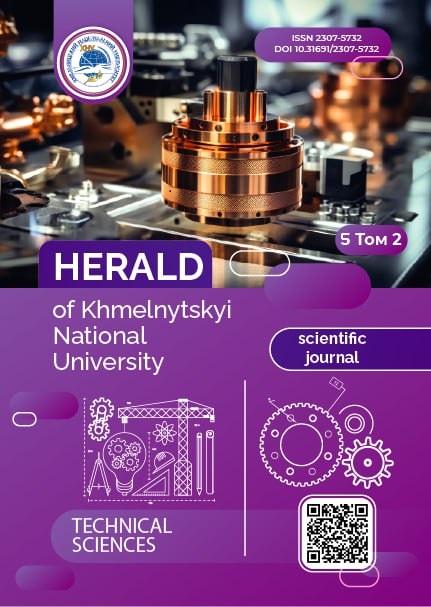SELECTION OF RATIONAL TECHNOLOGICAL SCHEMES FOR PROCESSING TEXTILE PRODUCTS OF 3D FORMS
DOI:
https://doi.org/10.31891/2307-5732-2025-357-93Keywords:
form-giving, 3D scanning, wet-heat treatment, inverse modeling, garment design, textile materialsAbstract
The article addresses the problem of shaping textile products into complex three-dimensional forms, which is a crucial factor for ensuring comfort, aesthetics, and durability of modern garments. Traditional approaches to form-giving, such as the use of darts or wet-heat treatment (WHT), have clear advantages and limitations. Darts guarantee high accuracy of shaping but may negatively affect the visual appearance and complicate construction, while WHT allows seamless shaping but strongly depends on the thermomechanical properties of fabrics and requires scientifically justified technological regimes. Therefore, a combined or alternative application of these methods is considered a promising direction for the improvement of garment design and manufacturing technologies. A review of recent studies highlights the rapid development of 3D body/product scanning systems and numerical modeling techniques that support accurate digital representation of textile surfaces. Based on 3D data, different strategies of flattening, segmentation, and inverse modeling are discussed, including the integration of machine learning for automated prediction of patterns and seams. At the same time, the influence of mechanical fabric parameters (bending, stretching, draping) and WHT regimes on the final form stability is emphasized. Experimental investigations involved textile samples of various structures (cotton, knits, elastomer-containing fabrics), subjected to WHT under different temperature, time, and tension conditions. Additionally, sewn and seamless specimens were tested to evaluate the effect of constructive elements. A quadratic least-squares model of the shoulder zone surface was built, explaining about 90% of the data variance, which demonstrates its applicability for predicting garment geometry. The results confirm the feasibility of inverse approaches, where the required temperature distribution is derived to achieve predetermined deformations and three-dimensional geometry. The proposed methodology combines 3D scanning, experimental tests, and numerical optimization, creating a solid foundation for integrated garment design technologies.
Downloads
Published
Issue
Section
License
Copyright (c) 2025 ЛЮДМИЛА НАЗАРЧУК, МИКОЛА РЯБЧИКОВ, ДМИТРО МЕЛЬНИК, СОФІЯ КИСІЛЬ (Автор)

This work is licensed under a Creative Commons Attribution 4.0 International License.

